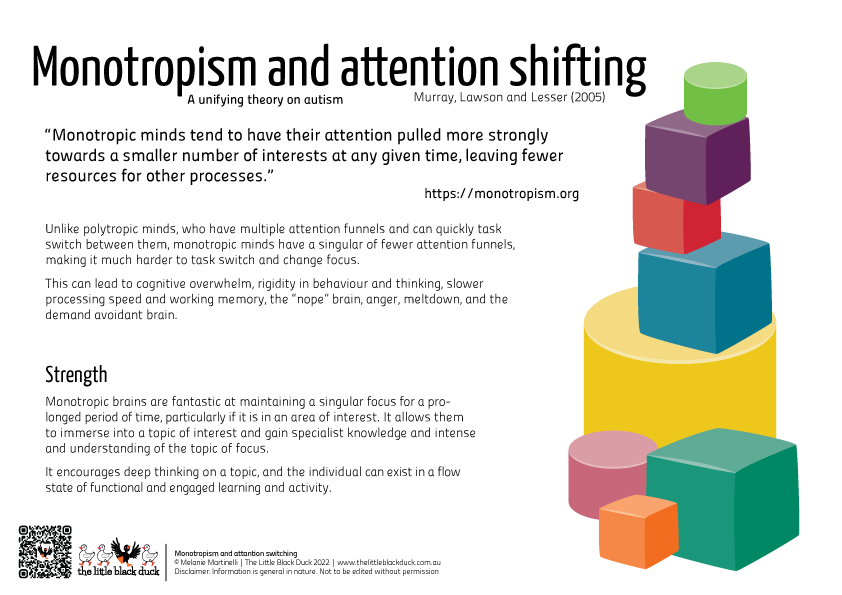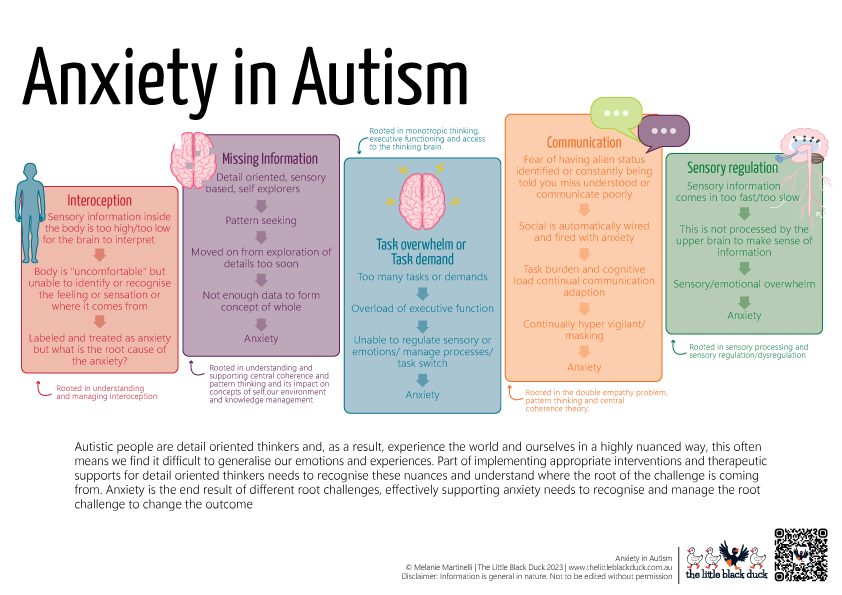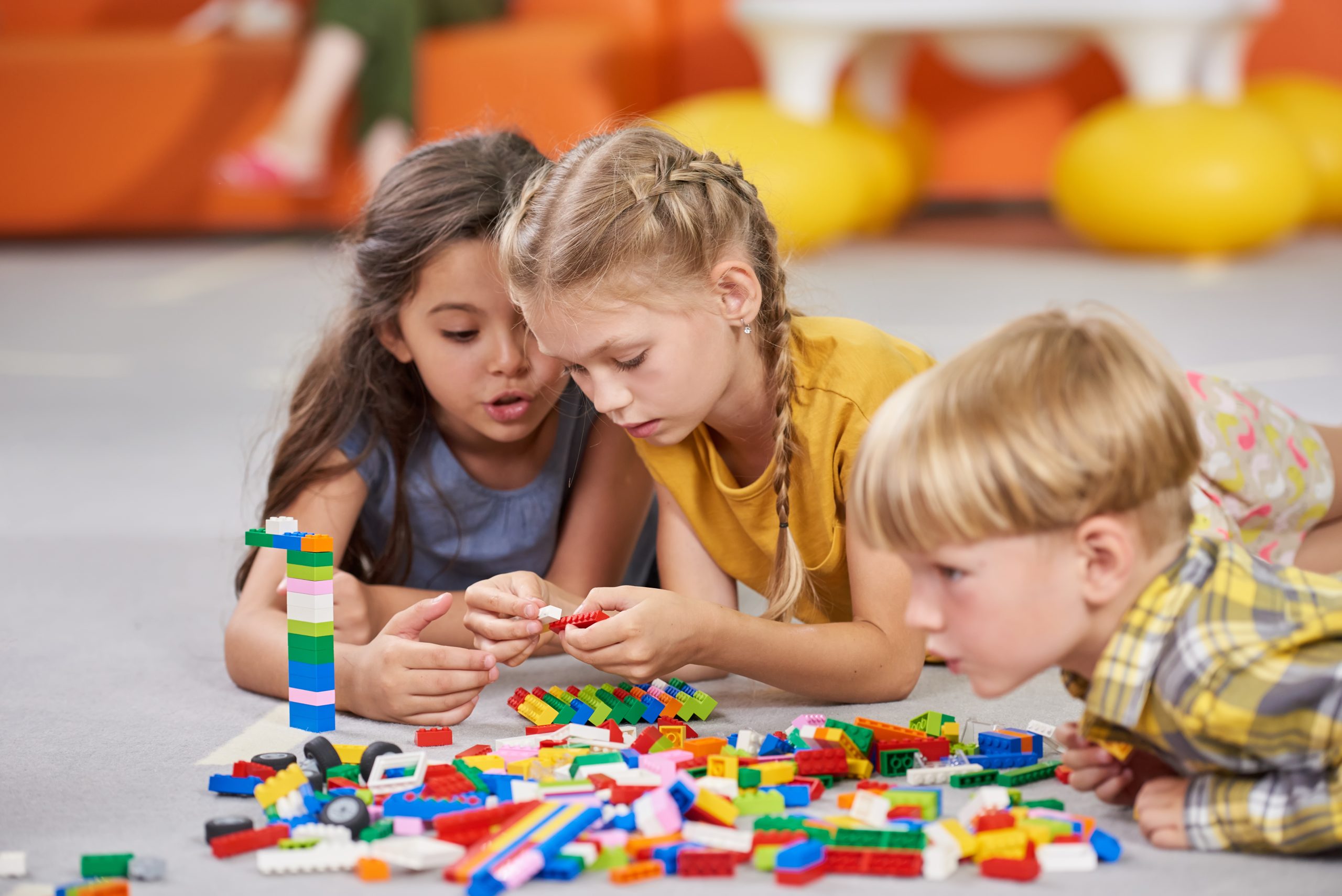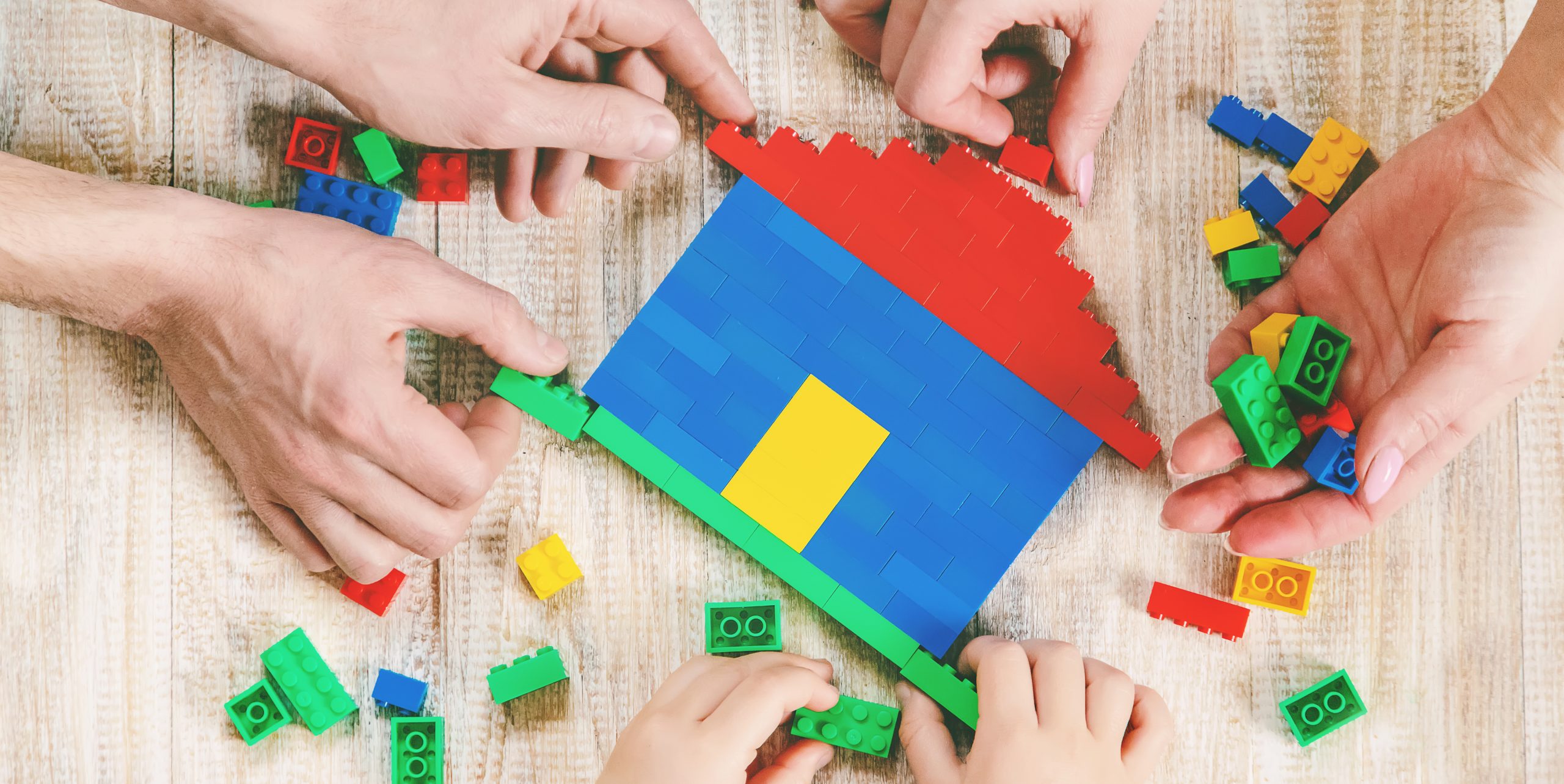
During the term 2 school holidays Melanie from the little black duck will be at the Sensory Sanctory Neurodiversity Arts Festival on Monday the 26th of June.
We will spend the day exploring concepts around autistic play and what that looks like. We will open with a discussion about autistic development and play from a neurodiverse perspective, then we will look at supporting communication and connection through lego therapy and social play theough Minecraft. Lastly we finish up with emotional expression through art.
About the Sensory Sanctory:
Sensory Sanctuary is a new neurodiversity arts festival to be held in the beautiful small country town of Castlemaine, 1.5 hours from Melbourne and easily accessible by train, during the July school holidays June 24 – July 7.
What is neurodiversity? Neurodiversity is the acceptance and celebration that different peoples brains work differently to one anothers, especially in relation to conditions like Autism and ADHD.
So, is this festival just for people with Autism and ADHD? No, the workshop facilitators are 70% Autistic and neurodivergent and we are hoping to develop the festival as a neurodivergent-dominant space but we also don’t want to segregate ourselves from the rest of our communities. These will be awesome school holiday activities for all to enjoy.
The festival seeks to increase the opportunities for neurodivergent children, youth and adults to engage in activities alongside the rest of their communities.
What will the little black duck be doing at the festival?

Information session and workshop on autistic play
Fundamentals of Autistic Play:
Professional, Parent, Carer, Self Development with Melanie Martinelli
This session is designed for the development of knowledge, understanding and skills in Autistic play for parents, carers, teachers, therapists and other professionals. It is an introduction to our more in-depth workshop on understanding and supporting autistic play.
In this information session I will talk about the three areas of autistic development: Cognition, connection, and sensory, and how that is represented in different ways autistic children play. We will then talk about different ways of connecting with autistic kids (and adults, we do play our entire life), and some of the beautiful ways we seek attachments and connections with others.
Authentic autistic play is an under-researched area, and we rely heavily on the stories of lived experience to understand what play can look like.

Information session and workshop on autistic play
Autistic Play: A Hands on Primer in Lego Therapy
Professional, Parent, Carer, Self Development
lego based therapy is not just about playing with lego. It is a very specific technique that works on collaborative play and social connection. It has been shown to develop language, improve attention, create social connections and improve relationships.
This primer workshop will discuss the basics of Lego-Based therapy, how it works, and how it can be adapted to become a trauma-informed, neurodiverse affirming, therapy.
By understanding HOW lego-based therapy works you will be able to modify and adapt the formula to other therapeutic or home-based activity.
A session for parents, carers, educators and therapists to learn the basics of Lego Therapy with Melanie Martinelli. You are welcome to BYO child.

Minecraft social play
Minecraft social play
For Participants, observers, and learners:
Work in a team to build up a Minecraft world including environments, buildings, landscapes and sculptures. T
he session focuses on collaborative and inclusive discussion and helps to build on the participant’s unique strengths and skill sets. It builds on social awareness and critical thinking skills and aims to improve overall participant wellbeing through play.
Participants will be playing together in a large open world, giving them the space to self explore or collaborate and build.
Research indicates that Autistic children find online relationships easier to manage and sometimes more meaningful than the ones they form in real life.
Minecraft is an open world, where the player can be anything, and do anything they want.
It is a fantastic medium for collaborative and/or combative play, it can be creative and explorative.
Workshop – Using art to express emotion
My emotional awakening – When I first started therapy I was adamant that I did not have emotions. My therapist suggested we start with something simple, like the feeling of contentment. Me, wanting to get it “right”, went away and thought about it. I feel contentment when I am home with my husband, but it feels different than when I am with my kids, or when I am engaged in an intense interest, or when I am reading.
In my next session, I asked her what was it supposed to feel like, because it isn’t the same in different situations. She suggested something profound, that maybe I did feel emotions, but they were nuanced rather than generalised, and if I could see and feel it, could I explain it. I couldn’t articulate it in words, so I painted it, and thus began exploring a sensory-oriented story about my messy emotions.
Autistic emotional experiences
Autistic nervous systems are complex, they are highly sensitive and often experience the world through sensory extremes. Much of the autistic experience is about the nuances, the details, that inform our conceptualisation of the whole.
It can make it difficult for us to discuss an emotion or an experience when they are often unique and different to all the experiences that came before us.
In addition, many of us have interoceptive difficulties, and find it challenging to recognise or understand internal states of emotional awareness, so we feel it to an extreme or not at all.
When we are in monotropic states of awareness we can feel like our emotions can be overwhelming and all consuming. When our attention is no longer on the emotion it can be challenging to even hold a conceptual framework for how we felt at the time. Our mind seems to have moved on and we no longer hold the words.
There may be other times when there is a narrative, a story, that we want to tell about an emotional journey.
When we try and talk about our feelings and emotions in therapeutic settings it can become difficult to articulate and form a cohesive story around how we feel.




















